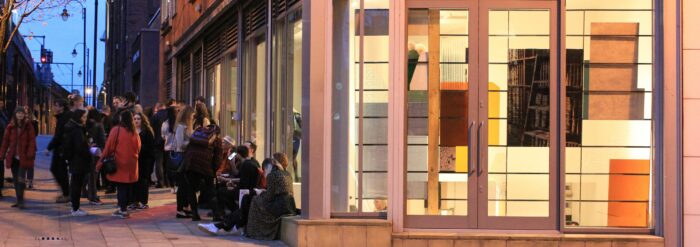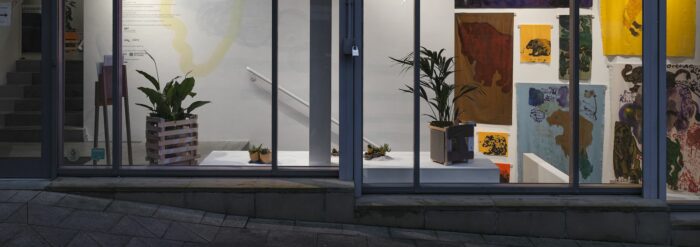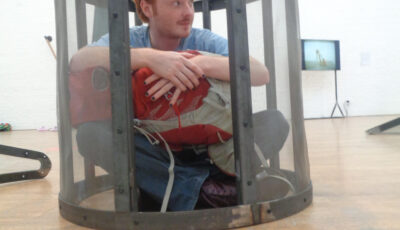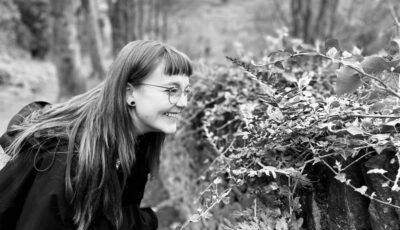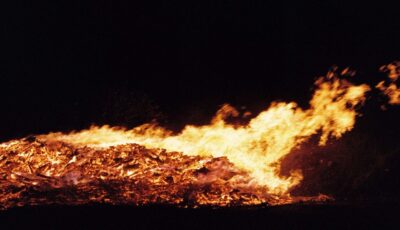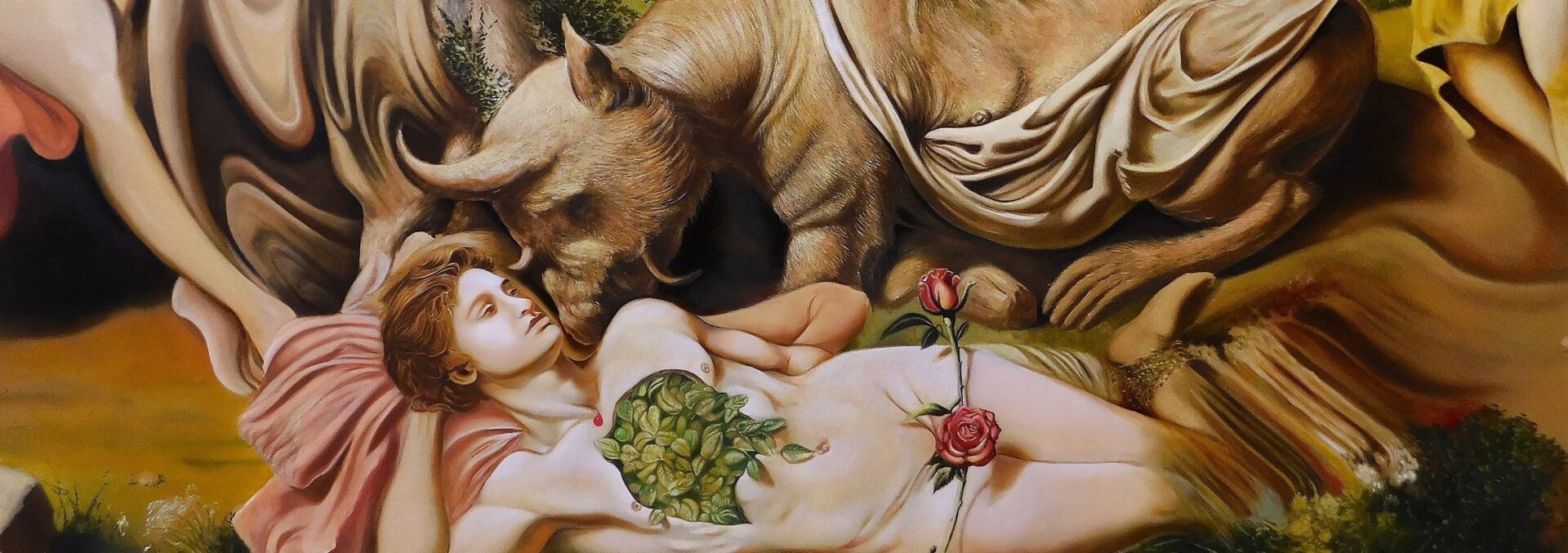
Artists and Sustainability Spotlight: Ryan Peter French
Posted on 13 August 2025
This month we’ve invited Ryan Peter French to contribute to our ongoing series Artists and Sustainability Spotlight, where we ask artists to share short responses about their work and how it might relate to climate change.
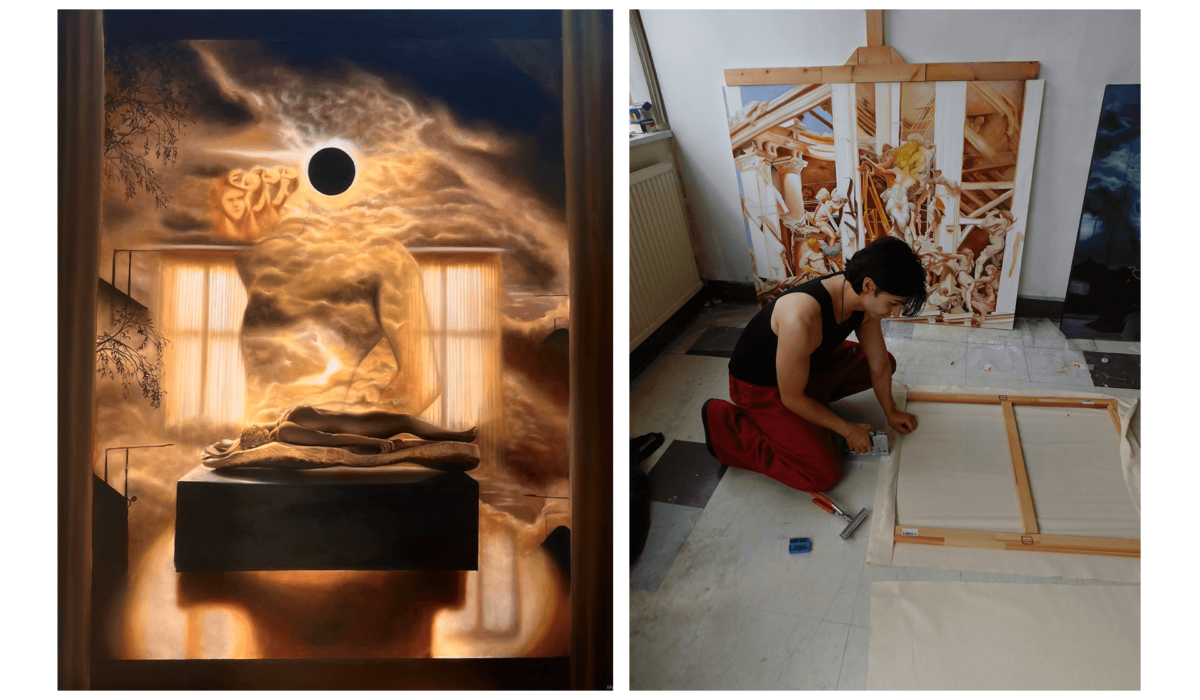
In what ways do you feel your work might relate to issues of climate change and sustainability, in the content of the work, its narrative, conceptually or theoretically. How might it speak to or challenge public discourse?
My work speaks to climate change and sustainability through a metaphysical lens rather than literal. I approach painting as a site of transformation, drawing from analytical idealism- a view that consciousness is the prime component of reality. I believe our current crises are more than material- they are a failure of imagination, in how we perceive our relationship to the world, and to one another. Intersectionality across systems is the key to understanding how we can move forward as conscientious stewards of our world.
In fact, my current fixation with transformation, and more specifically alchemy and the psychology behind it, began with the disquieting sensation of unnaturally hot weather. From this uncanny feeling, my painting, ’Black Sun,’ became both a visual expression of dread and a symbol of collapse as a necessary precondition for renewal. ‘Sol Niger,’ or ‘Black Sun,’is a concept in jungian alchemy, representing the final stage of transformation and the confrontation with one’s own inner darkness. The painting was not just an emotional response to climate instability, but the beginning of an exploration of coded & obscured knowledge, and in many ways an act of resistance.
Through the rich tradition of oil painting, I want my artwork to anchor and welcome the viewer into a space for ontological reorientation. I love art that challenges public discourse beyond surface-level solutions, that confronts deeper paradigms that must be transformed, within ourselves and society at large.
With regards to the materials, processes and techniques you use to produce your work, are there any practical decisions you make with regard to climate change and sustainability?
Lately, I’m really getting into the materiality of traditional oil painting. I discovered another act of alchemy in building my own canvases from scratch, making my own gesso from historic methods and pigments from base materials. The more I have been connected to the history of materials, I’ve become increasingly conscious of how this intersects with sustainability.
While oil painting isn’t inherently the most sustainable medium, I view my current practice as part of a broader reclamation of slowness, depth, and care- values that counter the unsustainable speed of modern consumerism. Many of the materials I use are selected not only for their aesthetic and archival qualities, but also for their low toxicity and longevity. Now, where possible, I have shifted toward natural oils and solvents with lower environmental impact (which also has the much valued benefit of not being toxic to myself either!) and I make a conscious effort to repurpose materials. As for selling my work, I am opting toward limiting overproduction in favour of intentional, slow-made pieces; limited edition print runs with local Manchester businesses over platforms that cater to mass consumerism.
Beyond painting I have extensively experimented with new media; photography, animation, digital collage and AI tools all have their own varying climate related impacts, which I do grapple with. As with all things, I believe moderation is the key. It’s always best to remain cautious and aware of the potential impacts we have- but creating work that is made to last is itself a sustainable act in contrast to the disposable, fast-consumption model that defines much of contemporary culture.
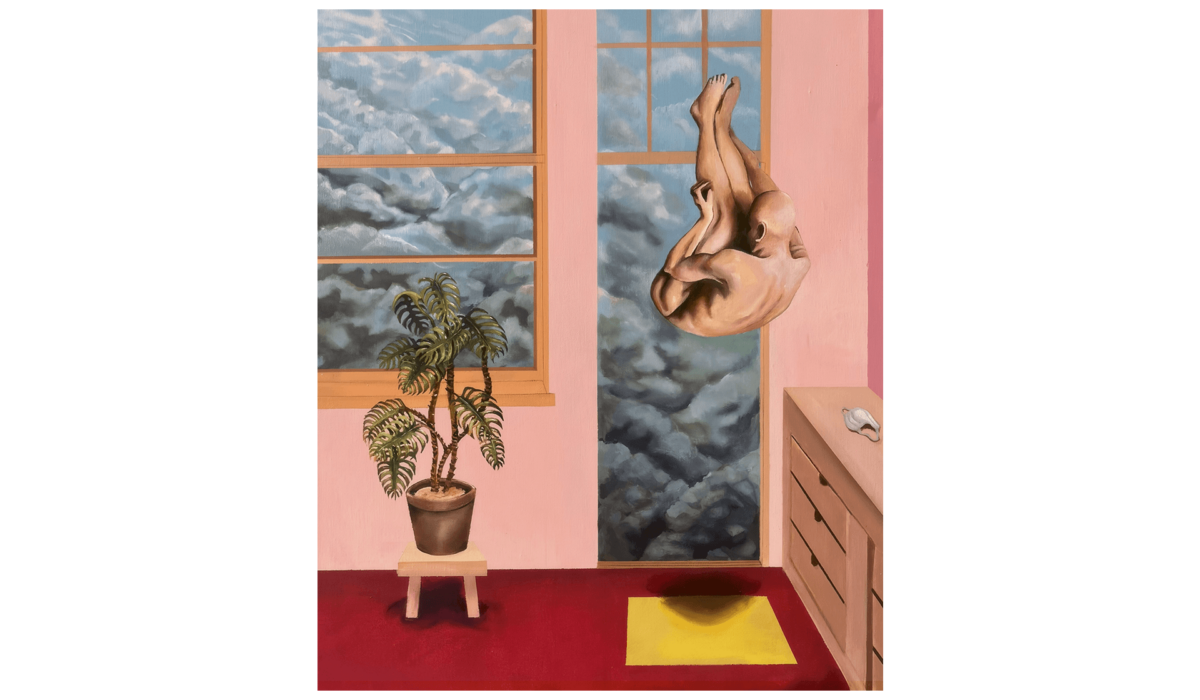
In general, how do you feel galleries, art spaces, artworks and artists might be able to contribute? What if any role do you feel they can play in a progressive conversation?
Cultural institutions are symbols of knowledge and the core ideals of its society. Galleries, artists, and art institutions have a crucial role to play in addressing climate change, not only through messaging, but by rethinking the systems we participate in. The wider art world often reflects and reinforces issues of consumer culture: speculative markets, excessive travel, mass production, complicity in money laundering under the guise of conceptual critique.. These trends reflect a disregard of meaning in favour of spectacle and financialisation, which undermines the potential of art to catalyse deeper cultural change.
I’ve been fortunate to find myself in institutional roles that value responsibility and awareness. At Castlefield Gallery, I’ve been supported through carbon literacy training and have since become a certified trainer myself. The gallery’s work in this area demonstrates how change can happen from within, by building climate literacy into the very structure of arts organisations’ programming, curatorial practices, and day-to-day operations. Studying at Teesside university’s Curating MA Apprenticeship has also been instrumental with my thinking; best practice has been embedded within this course, and situating the climate crisis at the forefront of the cultural landscape is something I have gravitated toward in my reading. The course’s focus on current issues-climate, equity, ethics- has reinforced my belief that artists are not just image-makers, but participants in wider social ecosystems. Both have helped me to contextualise my own artistic practise via lenses beyond my own perceptions.
These organisations have reflected a shared commitment to equipping the next generation of artists and curators with the tools and frameworks needed to navigate our future.
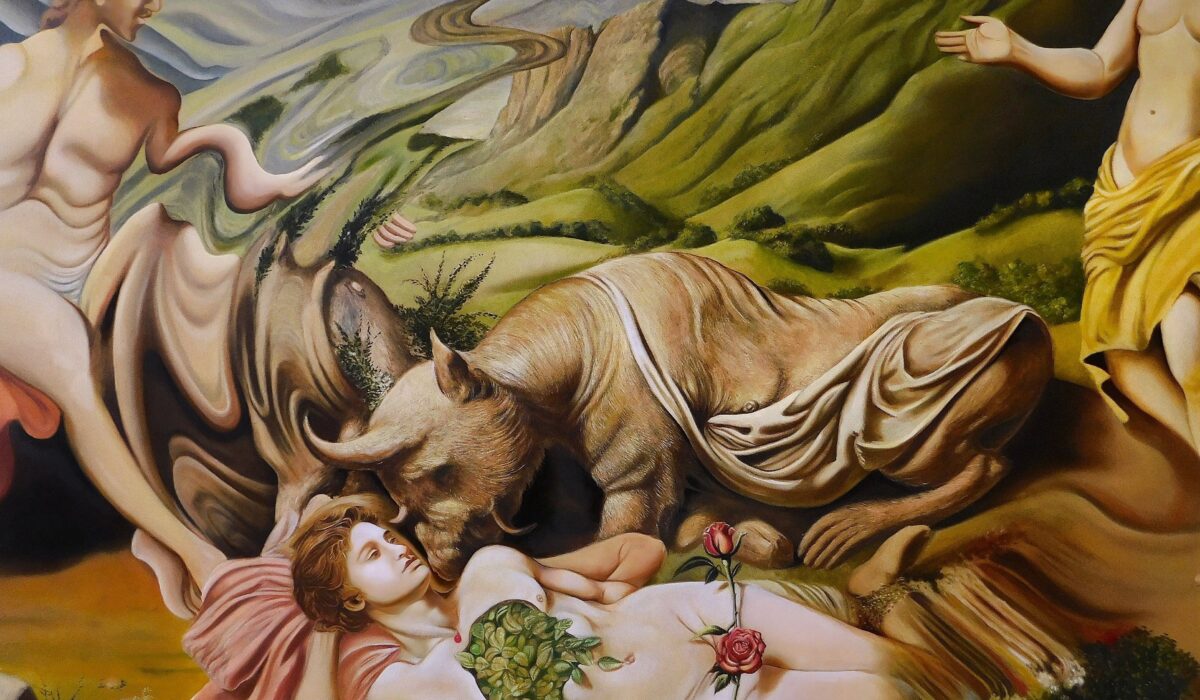
Are there any tips or advice, anything you have learnt you might want to share with other artists or our audiences?
I don’t consider myself in a position to offer anyone advice, but I think to show up with a creative practice in 2025 is a radical act in itself. Artists, particularly those of a working class background, face many barriers in this landscape- but art is so integral for culture, and life. There are many artists who use their creativity and voice to directly enter the climate conversation. Castlefield Gallery’s online archive is a great place to start in terms of people who may be interested in exploring sustainability in the arts further. Online resources like Ethical Consumer are also a great resource for materials and services!
If something seems overwhelming, take small steps- even small acts in your own practice, like being more mindful with materials, and sharing that with your own audiences, adds to increasing awareness!
Links
Images
Banner:
- Ryan Peter French, The Third that is not given, 2025. Image courtesy of the artist.
From left to right, top to bottom:
- Ryan Peter French, Black Sun, 2023. Image courtesy of the artist.
- Ryan Peter French making a canvas in his studio.
- Ryan Peter French, isolation, 2020. Image courtesy of the artist.
- Ryan Peter French, The Third that is not given, 2025. Image courtesy of the artist.
